Caring for Marine Ecosystems
A guide for ordinary people
Chapter 4
Coral Reefs & Marine Biodiversity

Coral reefs, often referred to as the "rainforests of the sea," are among the most diverse and productive ecosystems on Earth.
These mesmerizing underwater gardens teem with life, hosting a vast array of marine species that rely on these fragile habitats for shelter, food, and reproduction. In this chapter, we'll dive into the importance of coral reefs and marine biodiversity, the threats they face, and the strategies we can adopt to protect and preserve these delicate underwater wonders.
Coral reefs are vibrant, living communities composed of tiny coral polyps that build calcium carbonate skeletons, creating the intricate structures that form the reefs. Beneath the crystal-clear waters, coral reefs are bustling hubs of biodiversity, harboring an astonishing array of marine life. Countless fish species, invertebrates, and even sharks and sea turtles call coral reefs home, relying on the nooks and crannies of these reef ecosystems for protection and sustenance.
Not only are coral reefs home to a mesmerizing diversity of marine organisms, but they also play a crucial role in coastal protection. Healthy coral reefs act as natural breakwaters, reducing wave energy and providing a buffer against storms, protecting coastlines and coastal communities from the full force of waves and tidal surges.
Coral Bleaching:
A Cry for Help
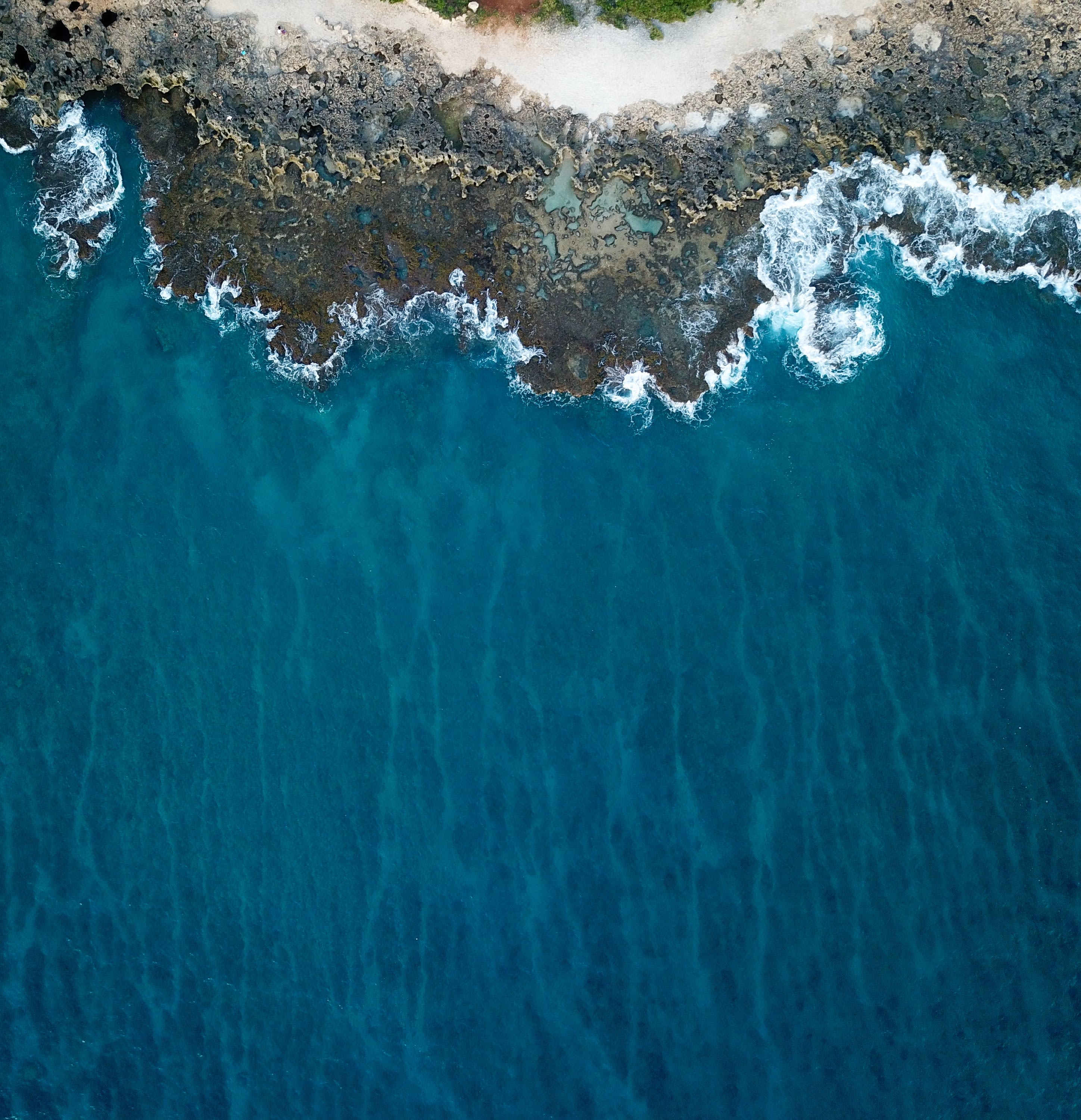
Coral reefs, often referred to as the "rainforests of the sea," are among the most diverse and productive ecosystems on Earth.
Despite their resilience, coral reefs face a daunting threat – coral bleaching. Coral bleaching occurs when corals expel the symbiotic algae living within their tissues, causing the coral to turn white. This loss of colorful algae leaves the coral vulnerable to stressors like increased sea temperatures and ocean acidification, which can ultimately lead to coral mortality.
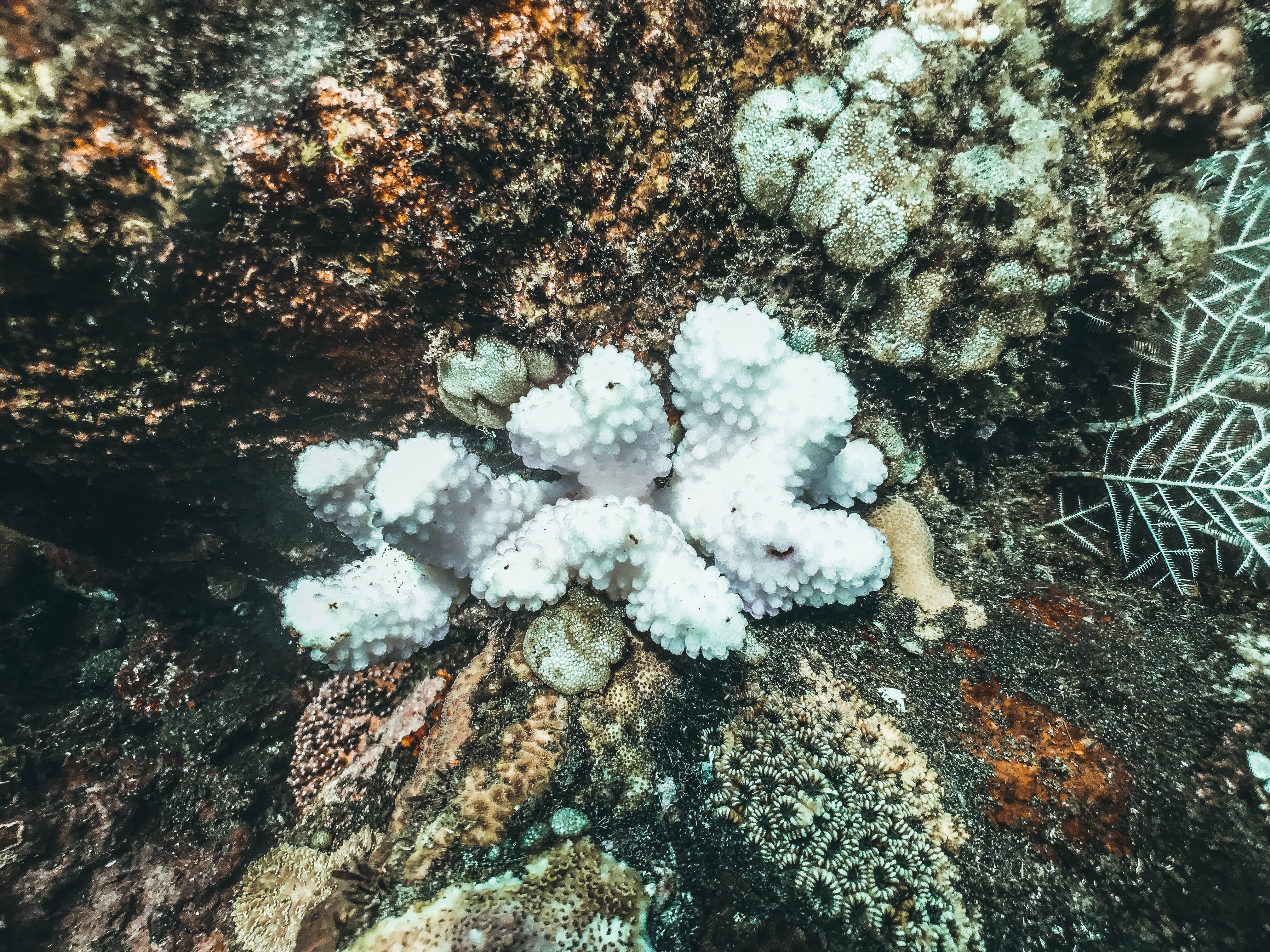
Global warming, driven by human-induced climate change, is a primary culprit behind coral bleaching events. As sea temperatures rise, corals expel their symbiotic algae to cope with the stress, resulting in the stark white appearance that gives rise to the term "bleaching." If conditions do not improve, bleached corals may die, leading to the degradation of once-thriving coral reefs.
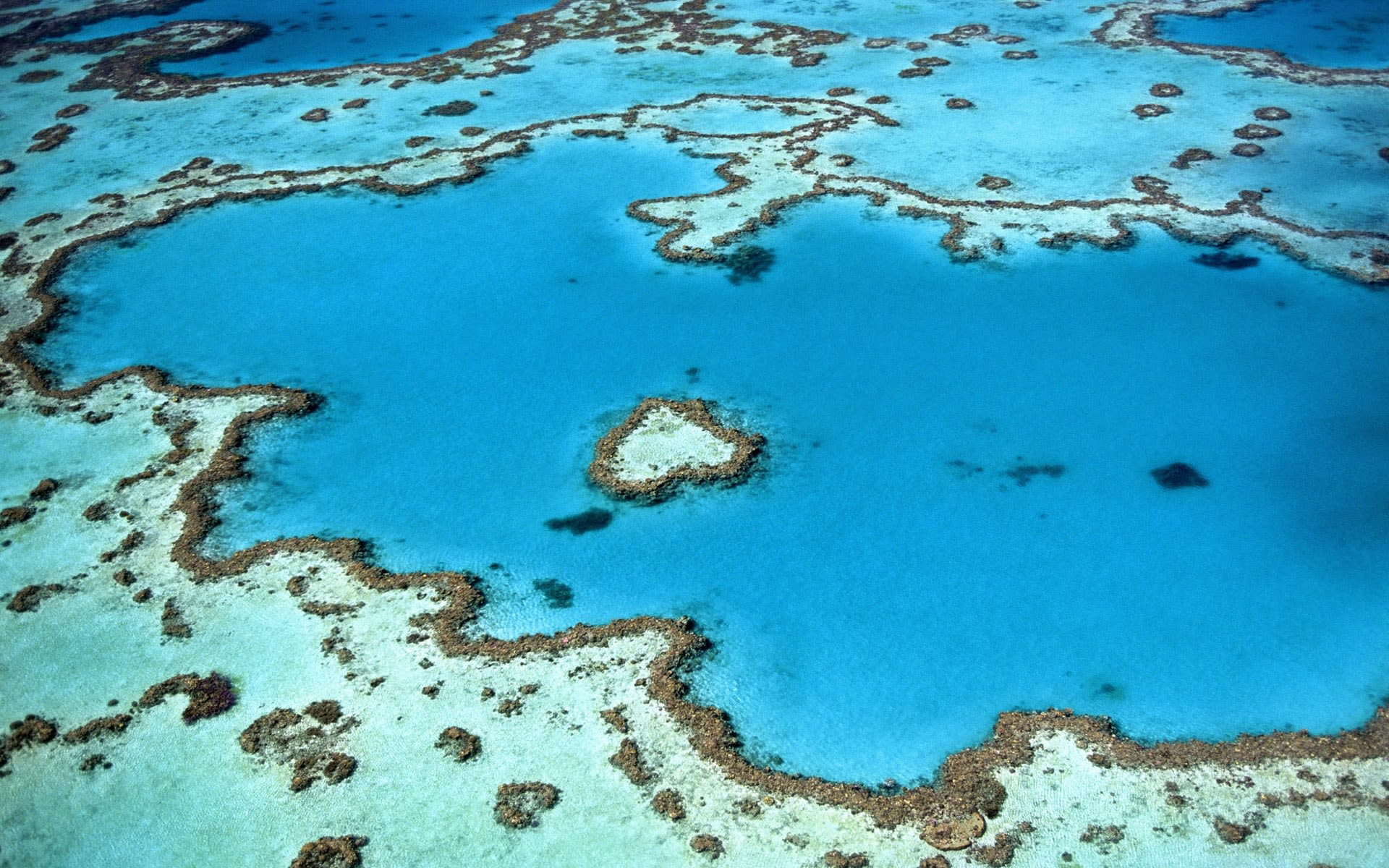
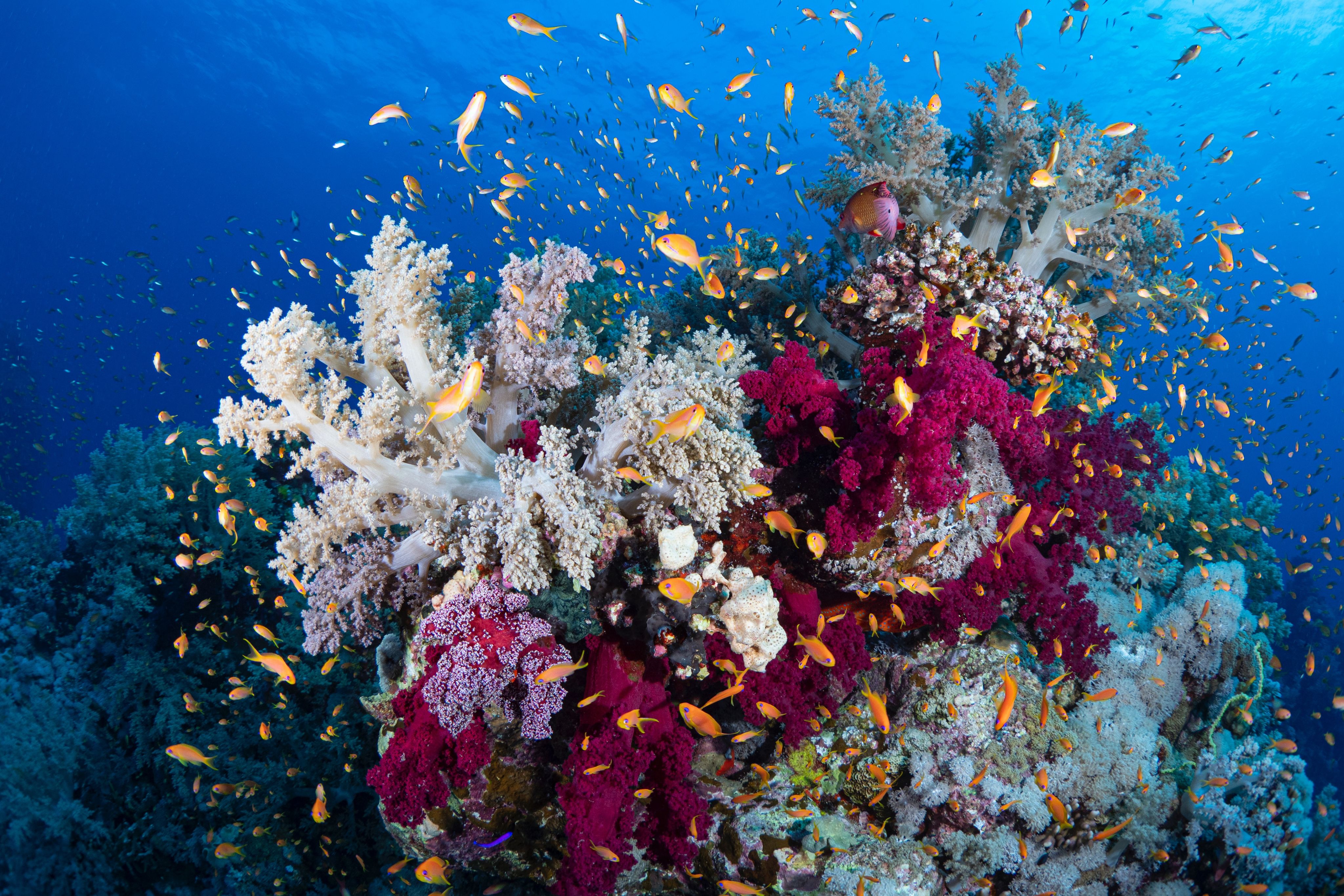

Reducing plastic pollution
A Sea Change in Behaviors
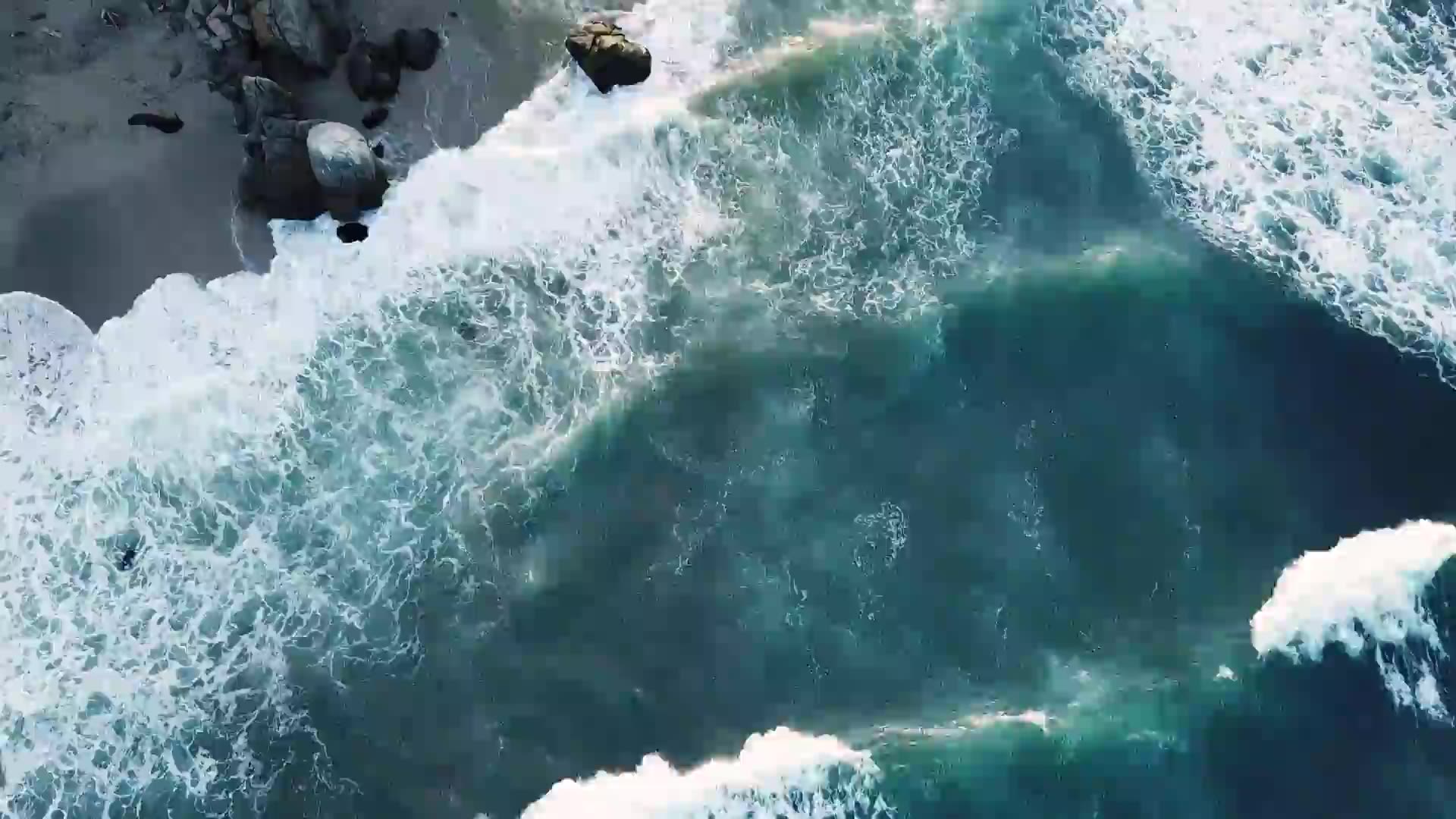
Plastic pollution has become one of the most pressing threats to marine ecosystems.
Plastic waste enters the ocean through stormwater runoff, improper waste disposal, and beach litter. Once in the water, plastic items break down into tiny particles called microplastics, which are ingested by marine life and can enter the food chain, posing risks to both marine organisms and humans.
Addressing plastic pollution requires a collective effort. We can take action by reducing single-use plastics in our daily lives, opting for reusable items like water bottles and shopping bags. Participating in beach clean-ups and supporting initiatives that aim to reduce plastic waste, like bans on single-use plastics, are powerful ways to combat this pervasive problem.
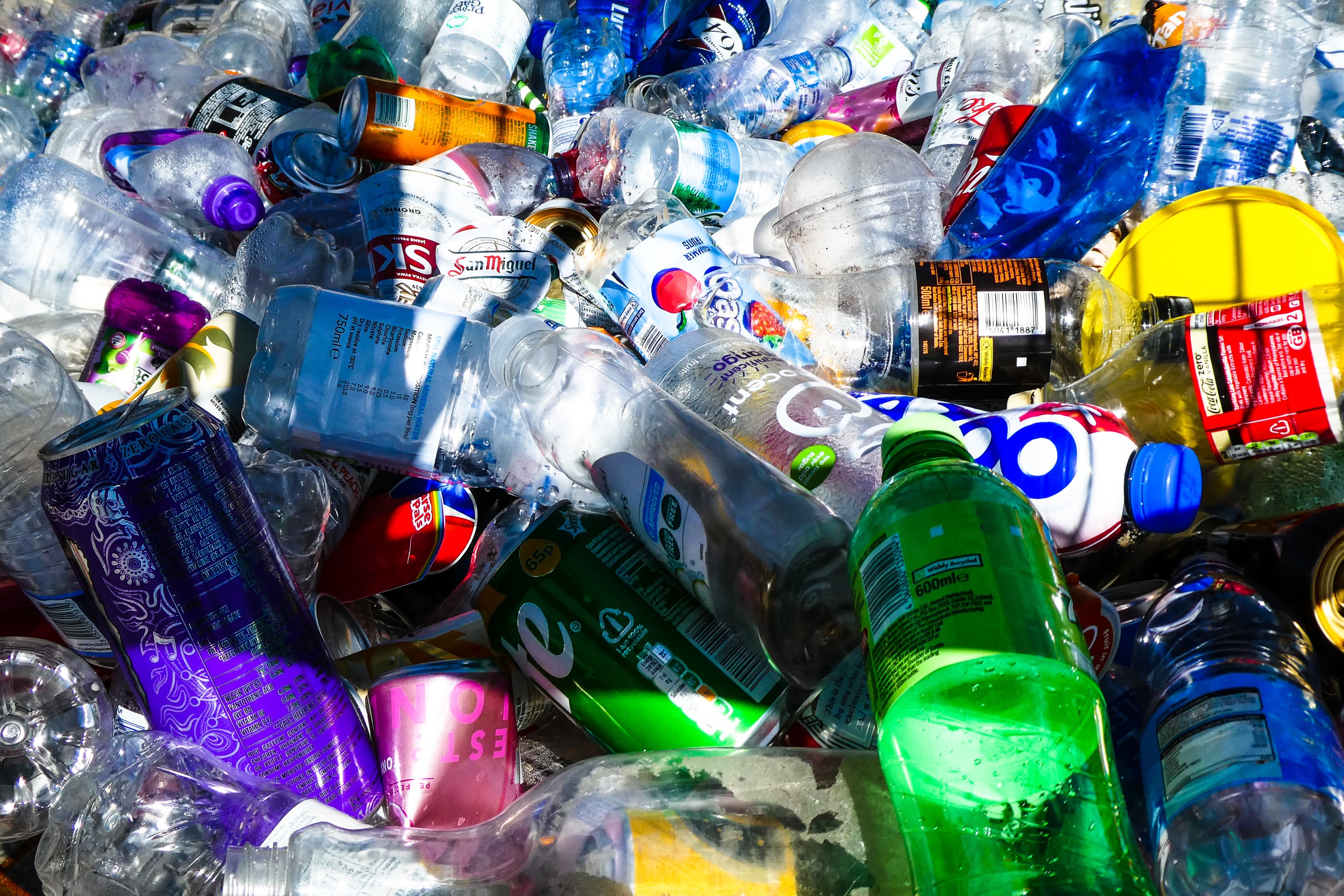
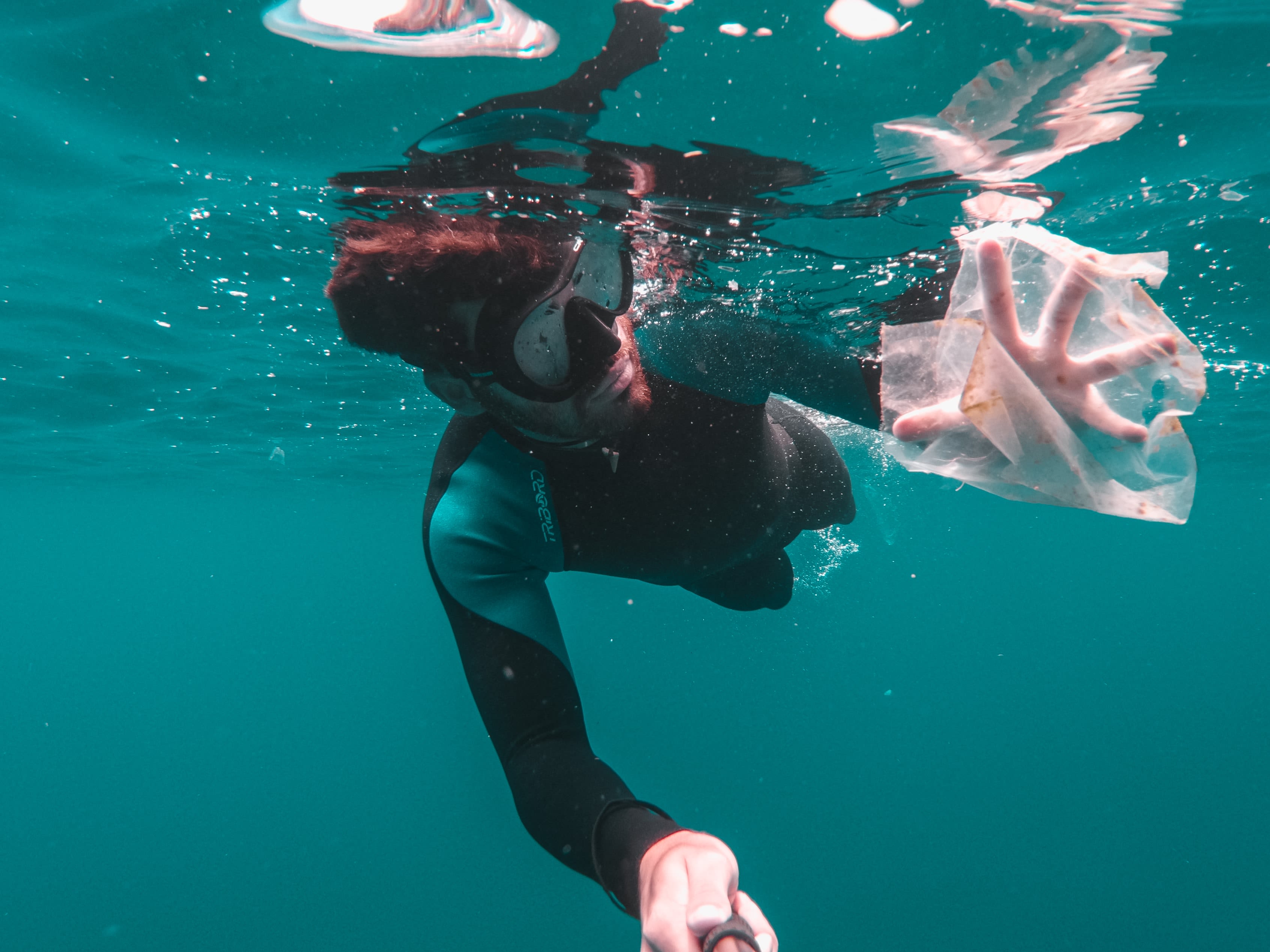
Citizen Science Initiatives: Empowering Ocean Advocates
Citizen science initiatives are platforms that empower everyday individuals to contribute to scientific research and conservation efforts. These projects allow concerned citizens to participate actively in data collection and monitoring, helping scientists and researchers gain insights into marine ecosystems and their health.
By engaging in citizen science, you can contribute to projects such as beach and coastal clean-ups, marine wildlife monitoring, and coral reef assessments. These efforts provide valuable data and support conservation initiatives aimed at protecting marine habitats and the species that call them home. Moreover, citizen science fosters a deeper connection between people and the oceans, inspiring a sense of stewardship and responsibility for the marine world.
Marine conservation and protection are the cornerstones of preserving the rich tapestry of life that inhabits our oceans. In this chapter, we've explored the significance of marine protected areas, the importance of sustainable fishing practices, the urgency of combating plastic pollution, and the empowering potential of citizen science initiatives. As concerned citizens, we hold the power to make a positive impact on marine ecosystems through our daily choices and collective efforts.
In the forthcoming chapters, we will venture into the realm of preserving coral reefs and marine biodiversity, exploring ways to foster a flourishing environment for marine life. By taking action, supporting conservation organizations, and embracing a sense of responsibility for the seas, we can ensure that our oceans remain abundant, resilient, and brimming with life for generations to come. So, let us sail forward with hearts brimming with determination and a commitment to safeguarding the marine wonders that inspire awe and gratitude in us all. Together, we can be stewards of the sea, fostering a future where the ocean's harmony and beauty continue to flourish.
